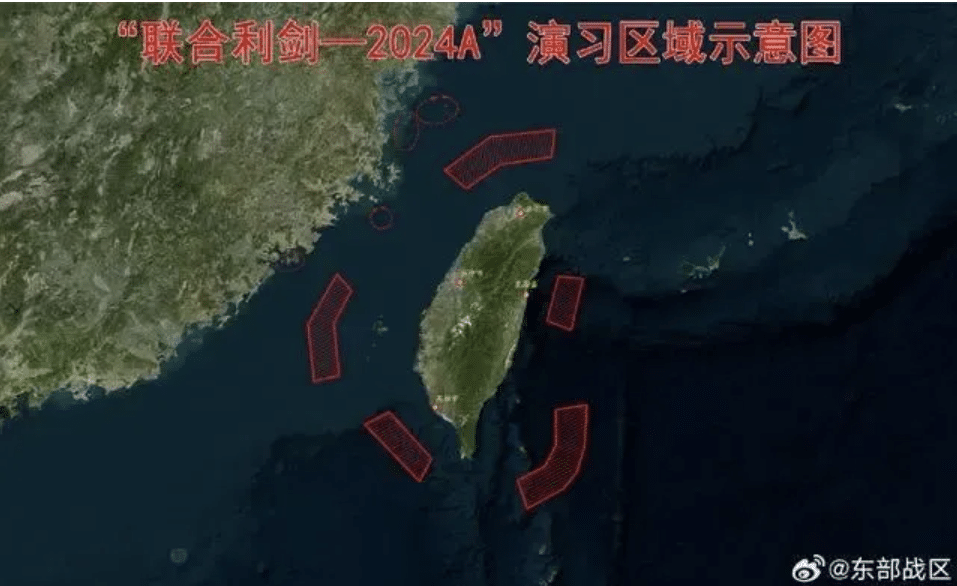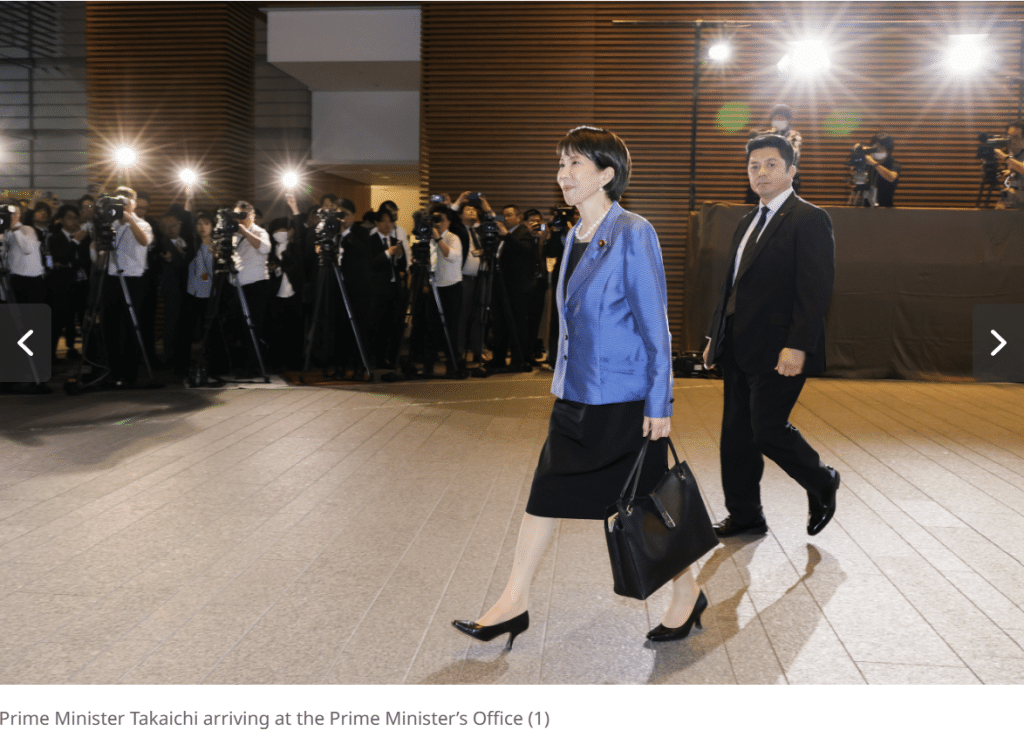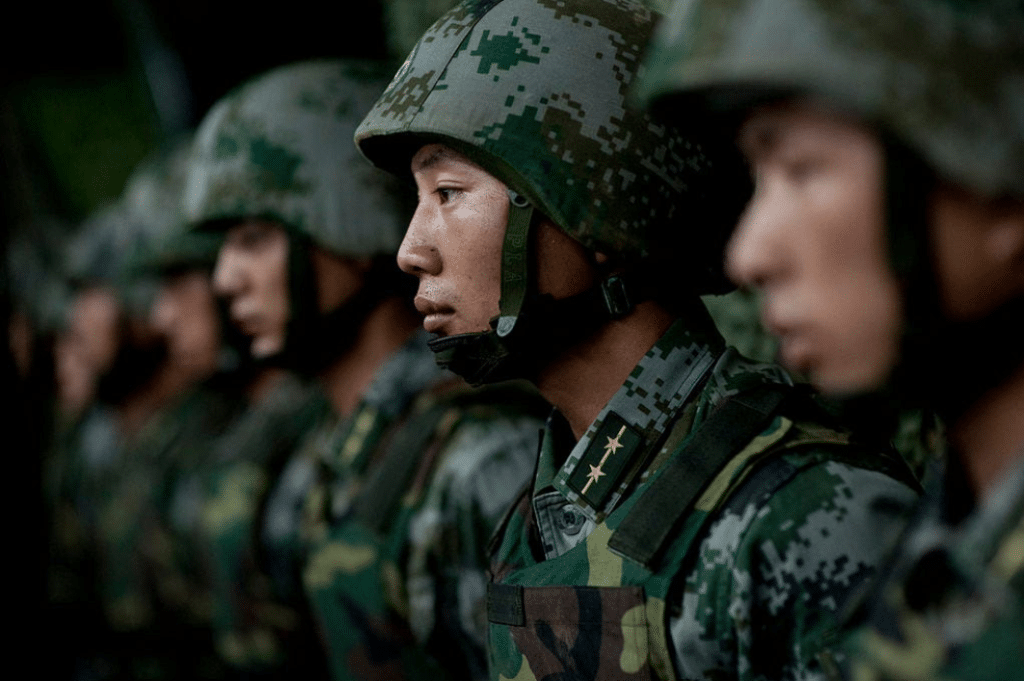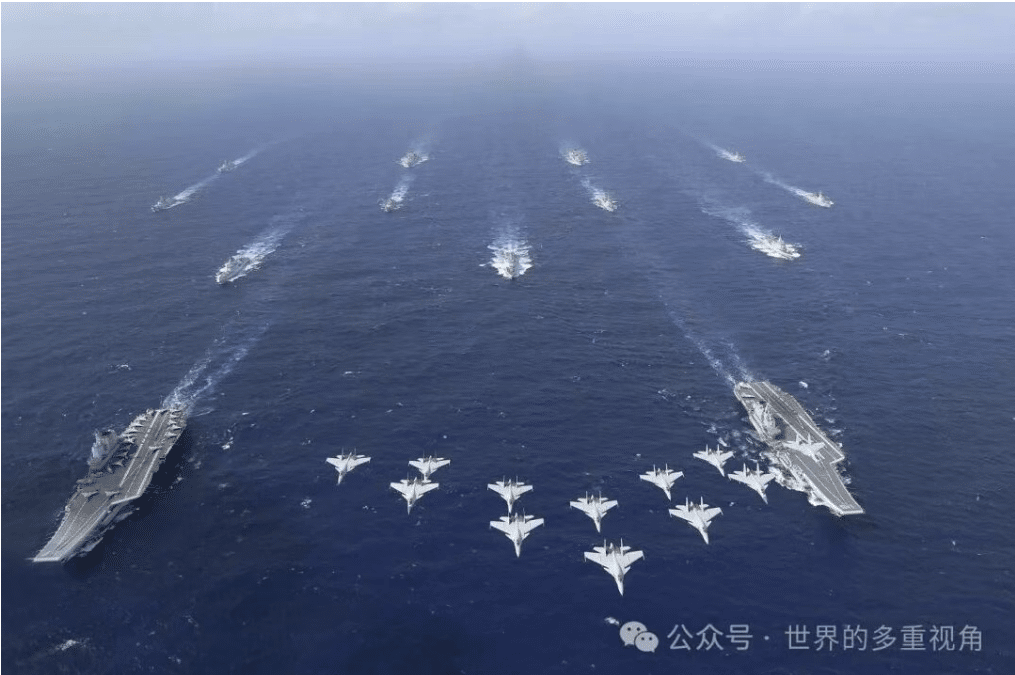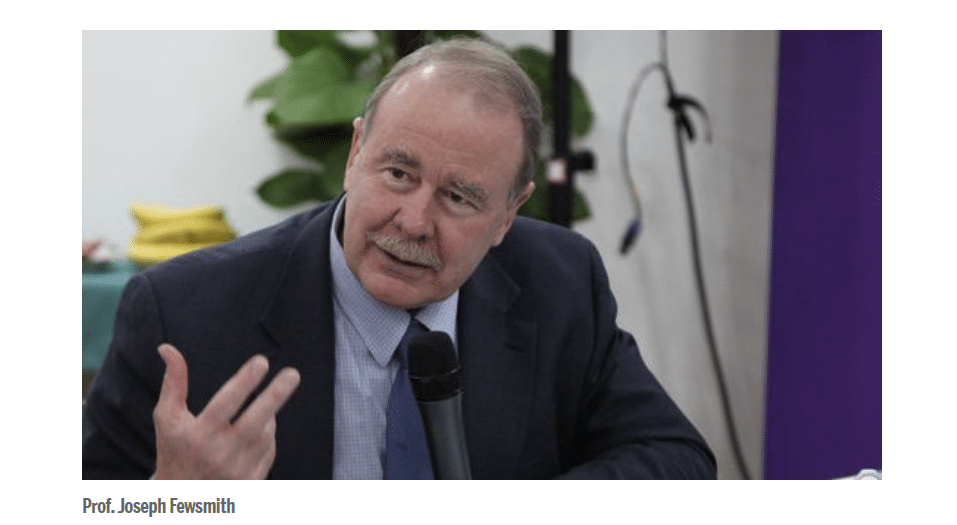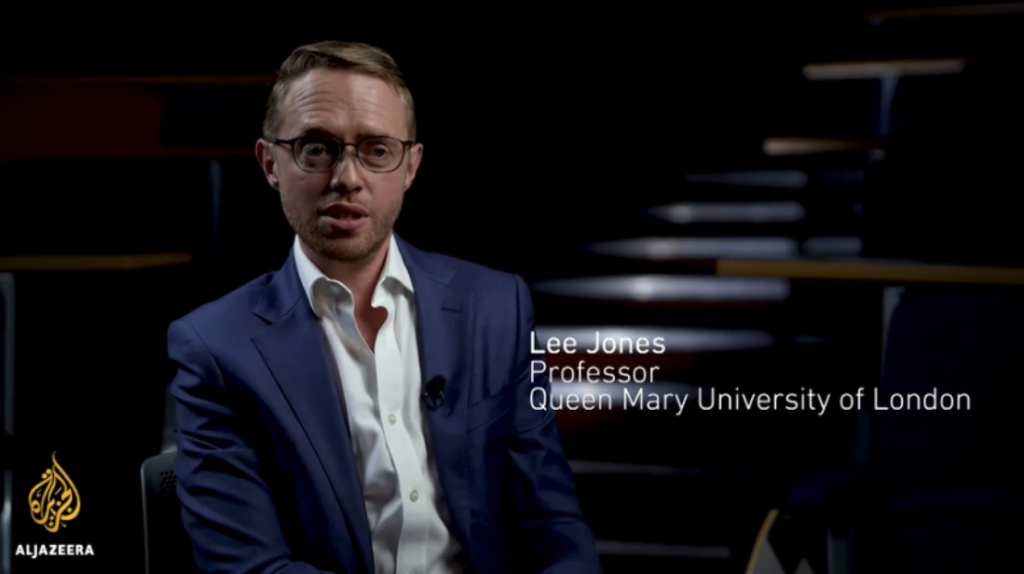Interview with Zhou Wenxing: Cross-Taiwan Strait Relations in the Next Few Years—Is War Inevitable?
Taiwan After Trump w/ Amanda Hsiao
- Interviews
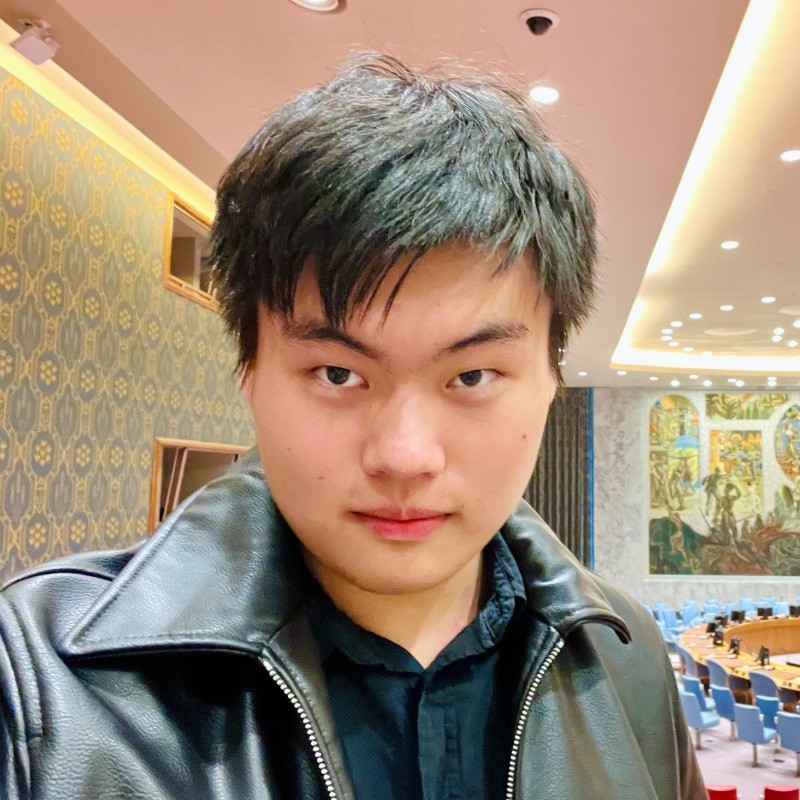 Diego Ge
Diego Ge- 07/29/2025
- 0
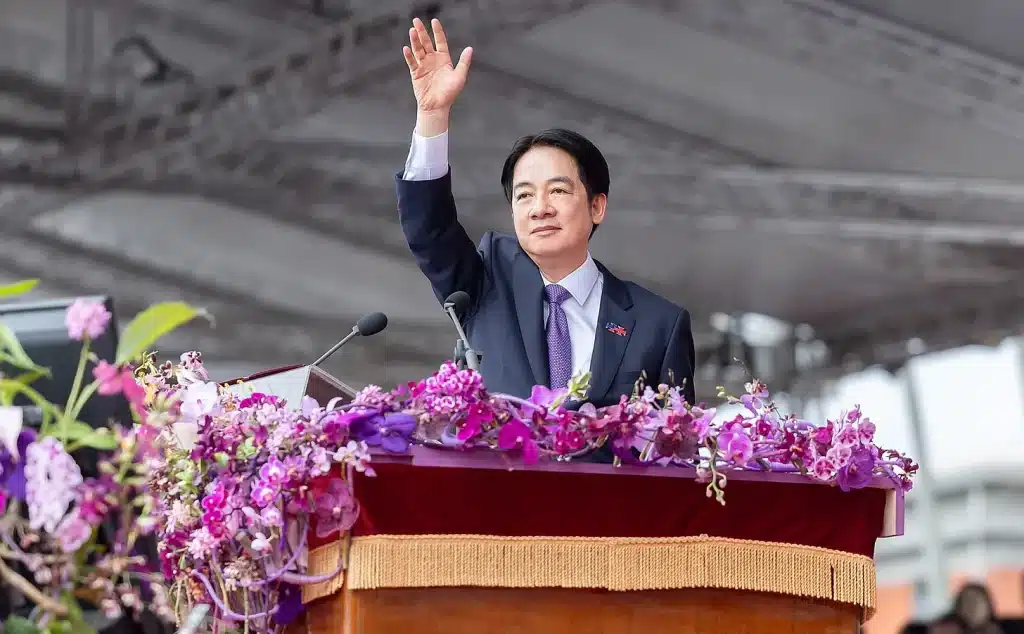
Amanda Hsiao is a director in Eurasia Group’s China practice covering China’s foreign policy and cross-strait relations. She previously worked for more than a decade in Asia—in Singapore, Beijing, and Taipei—analyzing Chinese foreign and security policies from the perspective of crisis management and conflict prevention. As the International Crisis Group’s senior analyst on China, Amanda followed the political dynamics underlying the tensions along China’s periphery—including the Taiwan Strait and the Sino-Indian border—and with the US. Prior to that, she established the Centre for Humanitarian Dialogue’s China program in Beijing, where she designed and facilitated dialogues involving Chinese interlocutors on issues such as tensions in the South China Sea, US-China relations, and China’s evolving approach to conflict mediation.
We spoke to Amanda about Taiwan’s future strategic alignments in the context of the second Trump administration, the ongoing Mass Electoral Recall campaign in Taiwan, and her thoughts about future prospects of conflict across the Taiwan Strait.
Diego Ge: How has the second Trump administration maintained and changed its posture on the Taiwan question since inauguration?
Amanda Hsiao: The Trump administration has maintained more or less the same policy on Taiwan as the Biden administration, but the cross-strait issue has not been a top priority, so far. Trump reaffirmed the One-China Policy in his June call with Xi (at least according to the Chinese), naval transits continue in the Taiwan Strait, and multiple officials have said that deterring a Chinese invasion of Taiwan is a priority. But we are still waiting for the administration’s national security strategy and an articulation of its China policy to see if there will be a distinctive Trump 2.0 approach on Taiwan. Much of the bandwidth has been consumed by trade policy and conflicts in Europe and the Middle East.
There is general consensus over the importance of defending Taiwan and deterring China, but there are different views within the administration as to whether the US needs to devote all its attention and resources to the Indo-Pacific (and a Taiwan contingency) or whether it should continue to focus on multiple theaters at the same time, including the Indo-Pacific.
The theme that emerges from Trump’s handling of Iran and the Russia-Ukraine conflict is that the President is unpredictable and mercurial. He reversed his positions on adopting military action on Iran, ending military assistance to Ukraine, and reconciling with Russia. These decisions underscore that the range of possible decisions Trump could take on Taiwan is much broader than a more traditional administration. Because of this, Beijing will be deterred from the highest-end escalations—out of concern for the possibility that Trump could respond with military force. But Beijing will also be motivated to try to weaken US commitments to Taiwan, by getting Trump to say that he is opposed to Taiwan independence or supportive of peaceful unification, for instance.
DG: How is the Lai Ching-Te administration in Taiwan approaching its relationship with the Trump Presidency, in terms of trade, military, and political cooperation? Is the Taiwanese government looking to other partners, such as Japan or the EU, for increased support?
AH: Taiwanese government officials have expressed some anxiety over the direction of U.S.-Taiwan ties under Trump because of his unpredictability. On the one hand, Trump is advocating “peace through strength,” which would suggest a deepening of security cooperation with Taiwan and with neighboring allies, to fortify America’s deterrence of China. On the other hand, Trump has maintained a transactional and at times confrontational approach with allies and partners, raising the prospect that Taiwan could be sidelined in favor of stabilizing relations with China.
Taipei has sought to demonstrate its value to Trump, in terms that he would appreciate. Earlier this year, TSMC announced an additional $100 billion of investment in the US. Taiwan’s state energy firm signed a letter of intent to buy US liquid natural gas and to invest in an Alaskan pipeline project. President Lai has pledged to increase defense spending to over 3% of GDP and has earnestly pushed forward a societal resilience program to demonstrate Taiwan’s willingness to pay for its self-defense.
There is a wide range of views about the US in Taiwan. But a recent Brookings survey suggests that average Taiwanese believe the US under Trump is less trustworthy and is less likely to support them in a conflict with China. Taipei will seek to diversify and deepen its non-US relations, and it has made a lot of progress in doing so in recent years. But the bilateral relationship with the US will remain far and away the most important political, security, and economic relationship to Taiwan.
DG: The ex-President of Taiwan, Ma Ying-jeou, recently advocated for “peaceful and democratic reunification” (和平民主统一). How has this been received in Taiwan and in China?
AH: There is currently no political market for unification in Taiwan. Decades of surveys show that the vast majority of Taiwanese are consistently uninterested. The last poll from National Chengchi University put the number in support of “unification as soon as possible” at 1.1% of those asked.
The Chinese have tended to use President Ma’s visits as a means of demonstrating to their domestic audience that peaceful unification remains viable and sometimes to send signals to Taipei. Representatives of Ma’s party, the KMT, regularly engage with Chinese officials. But there is an absence of dialogue between Beijing and consecutive DPP administrations, which is worrying from the perspective of crisis prevention and management. Without a discrete channel, it is easy to see how misunderstandings over intentions can arise, and it is hard to see how the two sides could reach anything coming close to a modus vivendi.
DG: For those who are unfamiliar, can you briefly introduce the “Mass Electoral Recall” (大罢免) campaign ongoing in Taiwan? What are some potential impacts of the campaign on different stakeholders in Taiwan?
AH: Recall elections on an unprecedented scale are taking place in Taiwan; 24 out of 52 KMT legislators are up for recall on July 26. The idea of a recall first emerged because of grassroots discontent with the way the opposition was wielding its majority in the legislature. The opposition (comprised of the KMT in coalition with the TPP) has passed record budget cuts. It has also sought to constrain the power of the DPP-controlled executive and judiciary while expanding the powers of the legislature and local governments where the opposition tends to hold sway. The DPP and President Lai have fully thrown their weight behind the effort, generating considerable momentum. No DPP legislators are up for recall despite the KMT’s attempts. If the DPP wins an additional six seats, it can regain the legislative majority, but the odds of this happening appear low. But even short of regaining a majority, the current political situation is quite favorable to the DPP.
Lai and the DPP are characterizing the recall as a movement to not only restore order in the legislature but also to push back against Chinese Communists, by suggesting that KMT legislators are working with China. The KMT, in turn, is portraying the DPP recall attempts as a grab for power, and Lai as a dictator that seeks to silence dissenting voices.
Because a central campaign message for the DPP is to fight back against China, the recalls are spilling over into cross-strait tensions. In March, Lai announced 17 measures that would strengthen Taiwan’s capacity to crack down on Chinese espionage and regulate cross-strait exchanges, calling China a “foreign, hostile force.” In June, Lai launched a 10-speech series in which he has elaborated on why Taiwan and China are two separate, independent countries. The recalls are not the only reason why these measures were announced and speeches made, but they were a key factor. Beijing’s perception of Lai as an irredeemable separatist was never going to change, but Lai’s speeches have further reinforced Chinese views. The PLA ran a military exercise in April in response to Lai’s 17 measures, and Beijing is likely to ratchet up its coercive pressures on Taiwan in response to his speeches.
DG: How realistic is armed conflict a threat in Taiwan for businesses seeking to invest in China or Taiwan?
AH: Tensions are rising over the Taiwan Strait and will continue to do so for the foreseeable future. China has become more aggressive and has more tools with which to push for what it wants. US-China competition is not going anywhere, and Taiwan will always be an element. Taiwan is moving away from China, in terms of identity and consciousness.
However, the risk of an invasion remains low in the near-term. China seeks to unify with Taiwan at lowest possible cost. It would prefer to “win without fighting” or to avoid a direct military conflict with the US, which would come at tremendous cost not only to the two major powers, but to the whole world. Beijing also continues to express confidence in its ability to achieve unification, signaling a degree of patience. Military capabilities are not the key determinant for whether Beijing decides to launch an attack on Taiwan, but it likely does not have all the equipment, training, and logistics in place to swiftly and decisively take over the island. China’s decision-making over such a high-risk endeavor will be complex and carefully considered.
Diego Ge is an intern for China Focus at The Carter Center and studies Political Science and International Comparative Studies at Duke University.
The views expressed in this article represent those of the author(s) and not those of The Carter Center.

